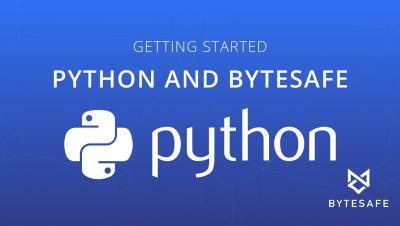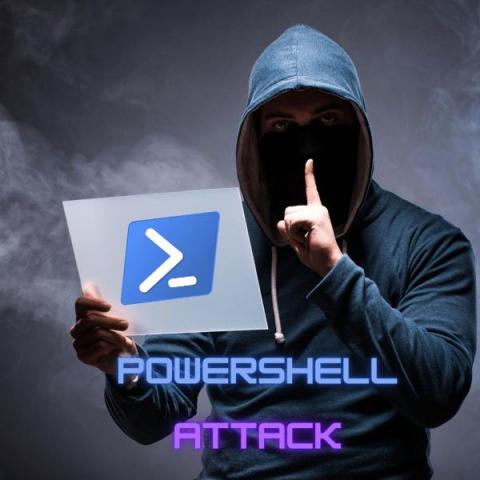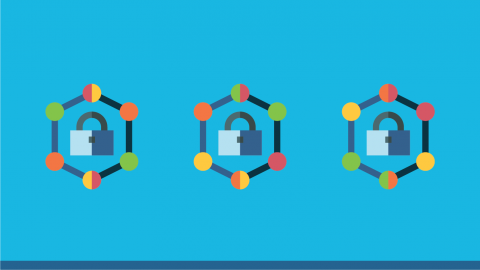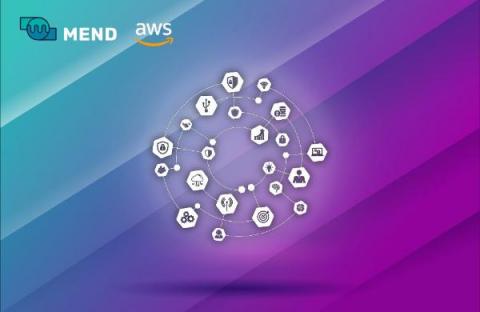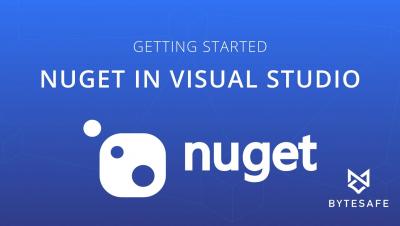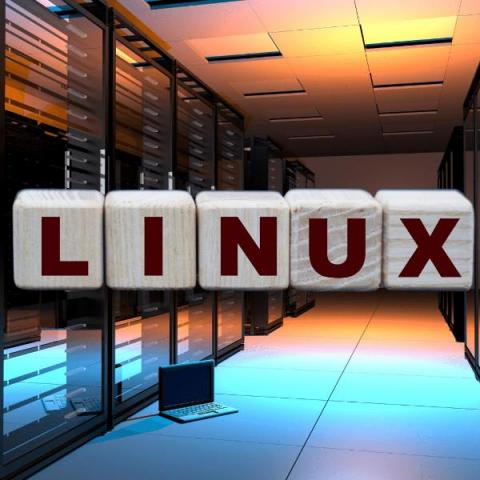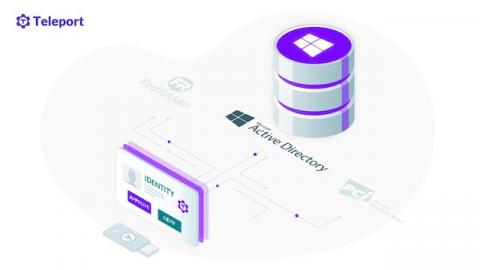Security | Threat Detection | Cyberattacks | DevSecOps | Compliance
DevOps
Defend Against Powershell Attacks
8 Benefits of Externalized Authorization Management (EAM)
The evolution of application design and cloud-native technologies means that developers can no longer rely on traditional authentication and authorization methods to be effective. While new standards for authentication already exist and are easily implemented, authorization remains a challenge, especially in a fast-paced, dynamic cloud environment. One method of solving this issue is to externalize authorization, allowing policy management to be decoupled from the application itself.
[Webinar] Taming Secrets Sprawl with Doppler and GitGuardian
What Is Fine-Grained Access Control?
A data and security breach often leads to fines and the loss of customer trust for organizations. An IBM report estimates that a data breach on average costs $4.35 million in 2022, a 2.6% increase from the previous year. The increased concern with data and security breaches — along with the need to address more complicated use cases — reinforces the call for more granular methods of access control.
What is RCE in Kubernetes?
Mend SCA Action within Amazon CodeCatalyst Brings Additional Application Security to Developers
Announced today at AWS re:Invent, Amazon CodeCatalyst brings together everything software development teams need to plan, code, build, test and deploy applications on AWS into a streamlined, integrated experience.
Getting Started using NuGet in Visual Studio and Bytesafe
5 Tips for Linux Server Hardening
Active Directory Security
At its core, Active Directory domain services (AD DS) is a structured data store of objects in the domain controller. It is a directory service from Microsoft for identity management and access control in Windows domain networks. Active Directory can authenticate users, groups, services and computers to protected information. In addition to that, AD DS also helps to implement security policies and permissions. AD DS enforces them for all computers in your network.


